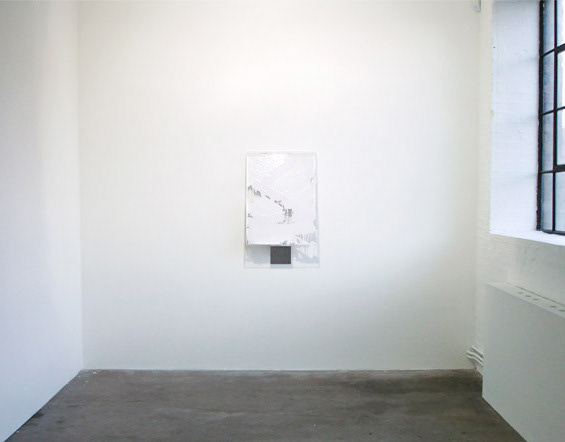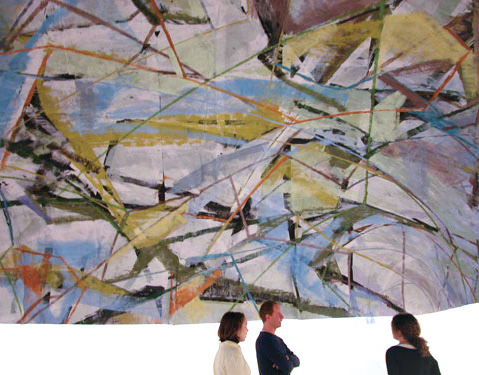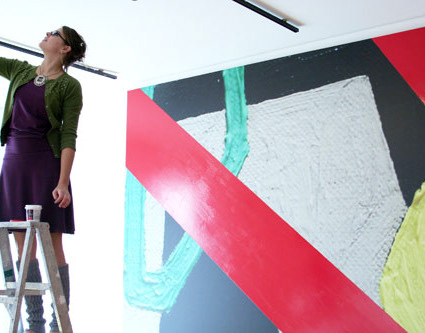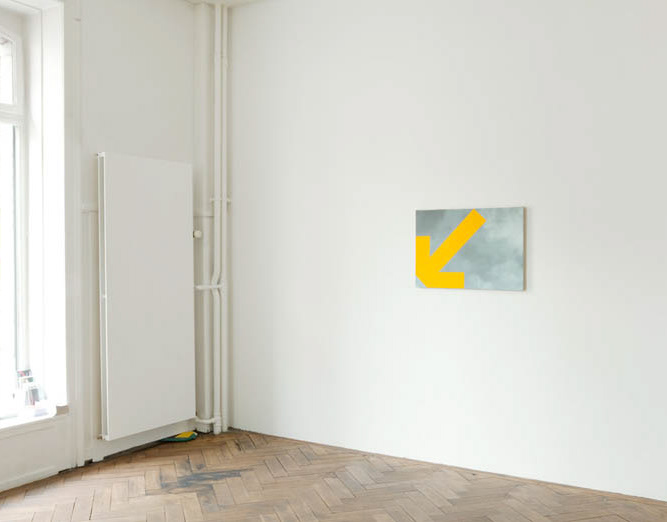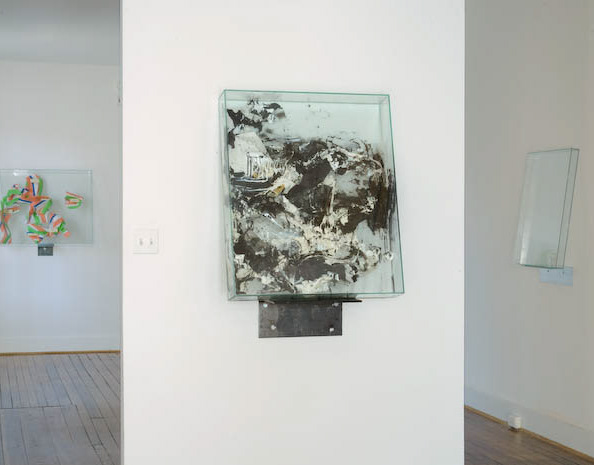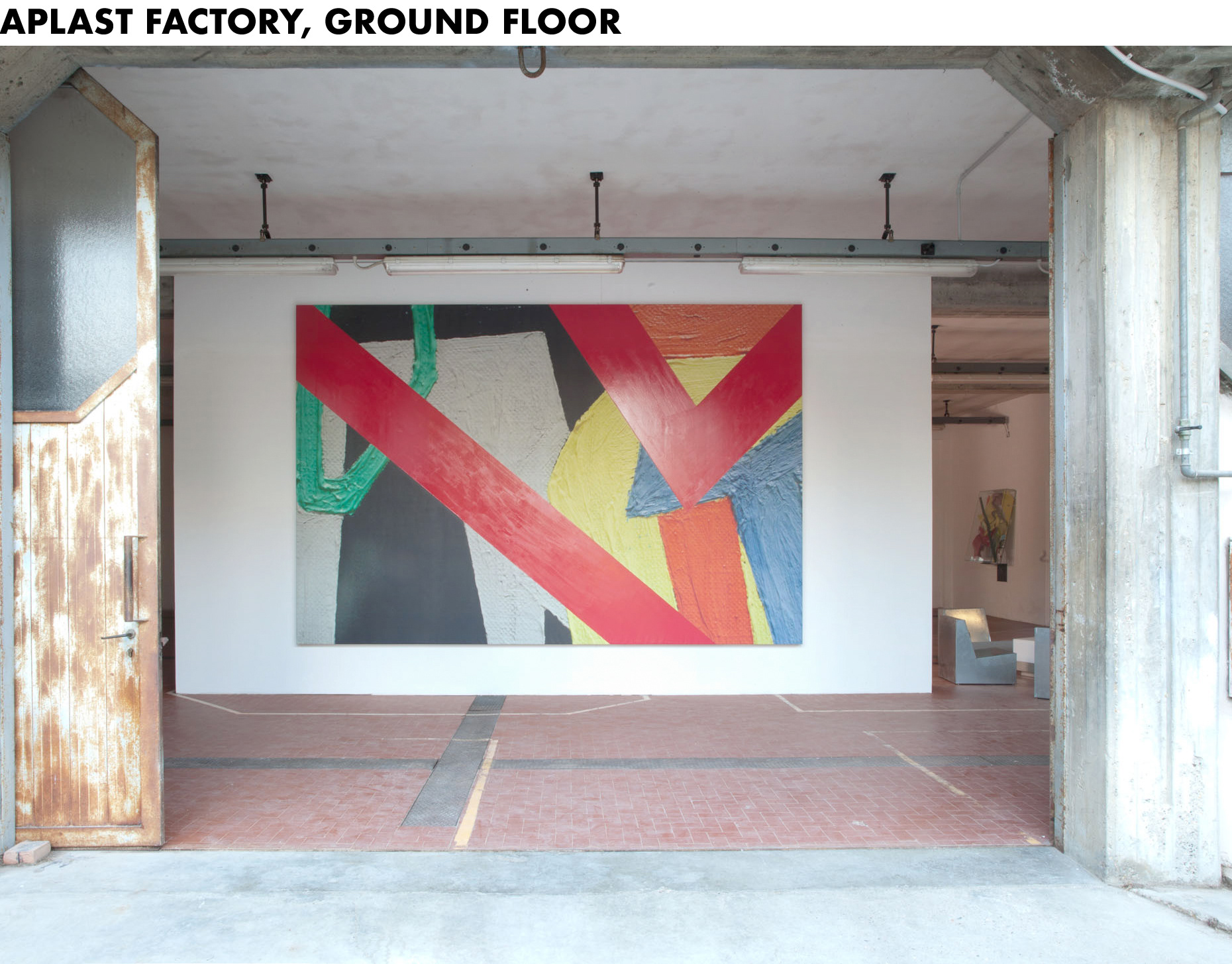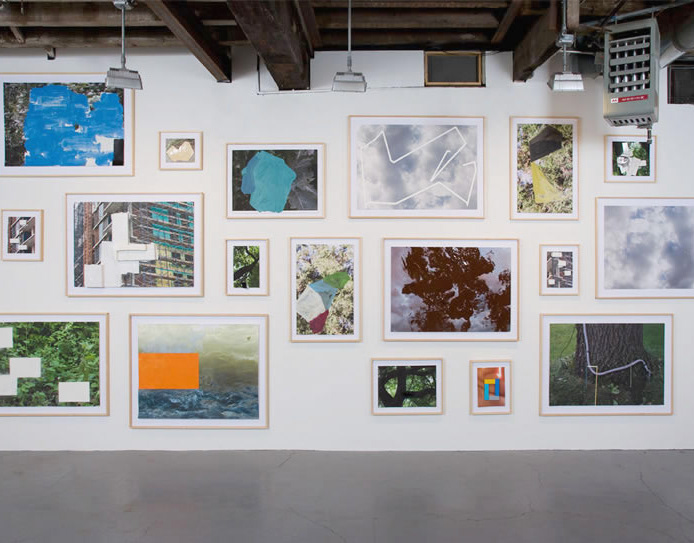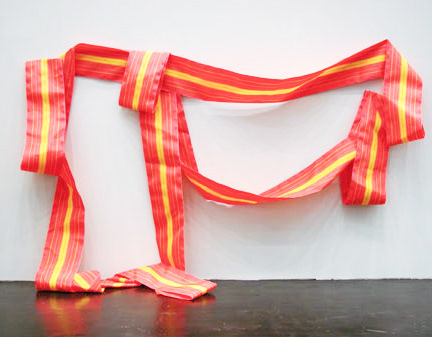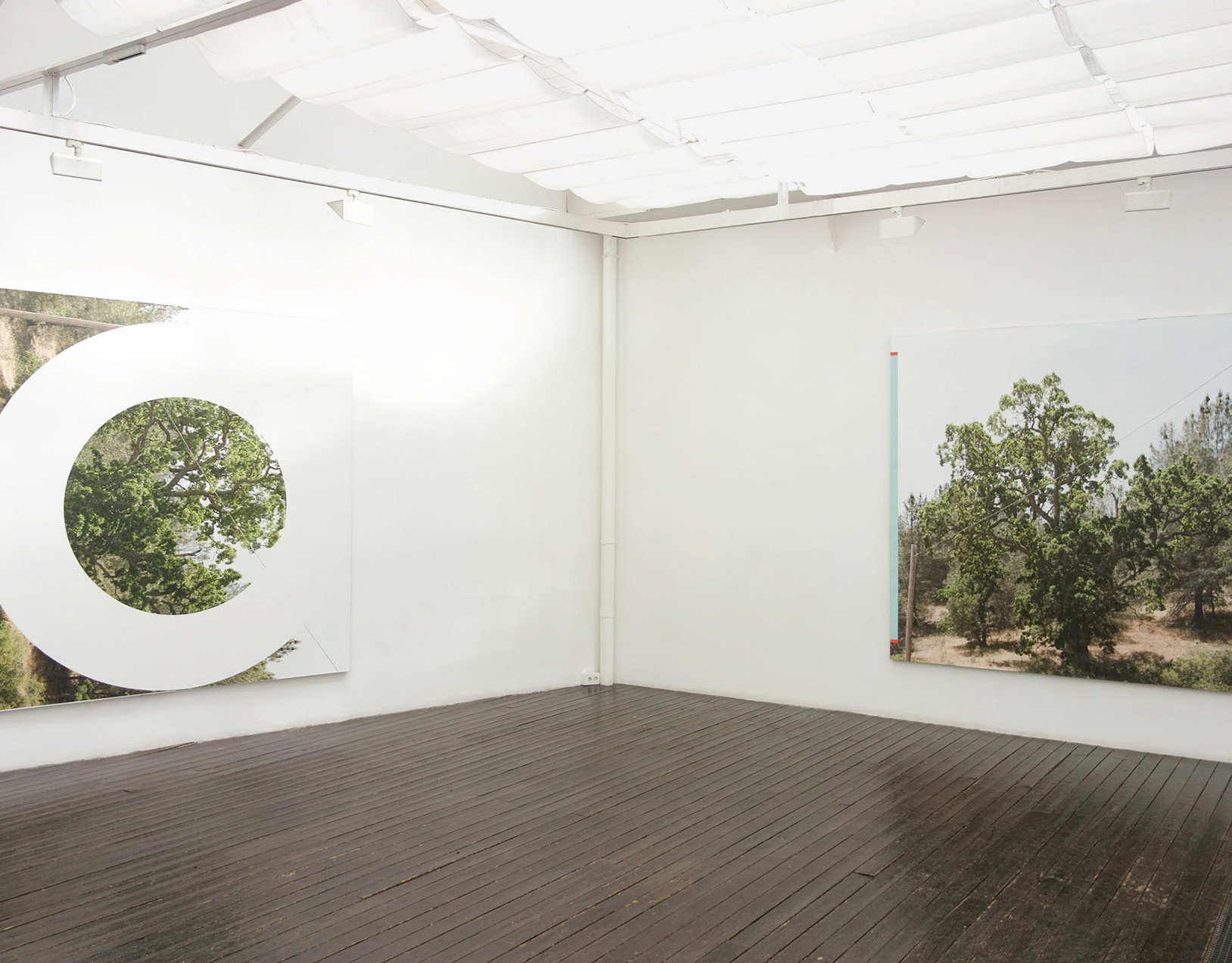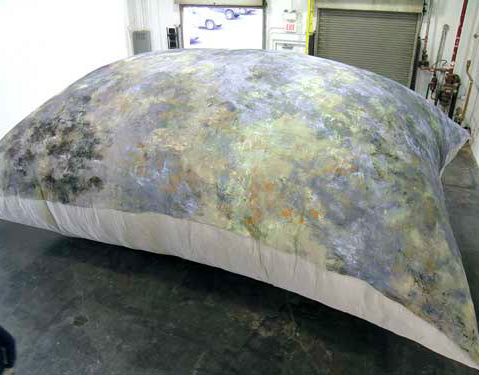The sensations of sitting, standing, or running are, first and foremost, plastic sensations and they are responsible for the development of corresponding "objects of use" and largely determine their form. A chair, bed, and table are not matters of utility but rather, the forms taken by plastic sensations, so the generally held view that all objects of daily use result from practical considerations is based upon false premises.
Kasimir Malevich 1927
Kasimir Malevich 1927

